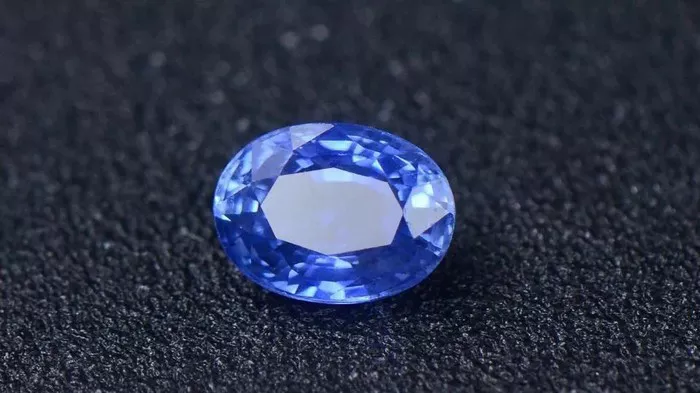Consumers may soon find purchasing diamonds a more costly affair, with various factors converging to elevate market prices. Industry experts attribute this impending shift to a combination of heightened demand, reduced supply, and a surge in upcoming engagements.
Jewelers are anticipating a rebound in engagement-related sales after a lackluster year in 2023, during which diamond prices across all categories experienced a considerable 30% decline. Lower-quality and smaller diamonds, in particular, saw prices plummeting to their lowest levels in a decade, according to Paul Ziminsky, a prominent diamond analyst.
However, recent months have witnessed a reversal in this trend, as indicated by the International Diamond Exchange’s Diamond Index surpassing 110 in January, marking the end of a steep decline over the past two years.
Cormac Kinney, CEO of the commodities trading firm Diamond Standard, envisions even brighter prospects for the diamond trade. Kinney, along with Ziminsky, projects a potential 5%-10% price increase in diamonds throughout the current year. Looking ahead, Kinney’s firm anticipates substantial growth in diamond prices over the next two decades, offering a lucrative opportunity for diamond investors.
Kinney attributes the price movement to a “major disturbance in the force,” emphasizing the notable factors influencing this shift.
The projected increase in diamond prices can be attributed to several factors, according to Ziminsky and Kinney. Supply constraints are expected to intensify this year, reversing the overproduction witnessed in 2023 when diamond producers, recovering from pandemic-related disruptions, flooded the market.
Efforts to tighten supply are already underway, with some suppliers halting mining activities. The recent ban on Russian diamonds by the G7 further exacerbates this, as it prevents Russia from channeling diamonds through Chinese and Indian refiners to the West, potentially removing 30% of the world’s diamond supply from the market.
Ziminsky emphasizes that as inventory levels normalize and supply tightens, natural diamond prices are likely to recover.
Demand is also anticipated to rise after a subdued 2023. Americans, who redirected spending towards luxury items during the pandemic, started shifting away from such expenditures last year. However, as pandemic distortions subside, Kinney expects a normalization of demand for goods and luxury items.
US demand for engagement rings, a significant component of the diamond market, is showing signs of resurgence. Signet Jewelers notes an uptick in Google search interest for engagement rings, indicating a potential increase in couples heading towards marriage.
Looking forward, Kinney and Ziminsky anticipate diamonds returning to their pre-pandemic growth trend, potentially in the high single-digit percentage range.
In the long term, Kinney envisions a more substantial upswing, fueled by investor interest in diamonds as a hard asset. He estimates that investor demand could account for around 15% of all available diamonds, approximately $180 billion worth of stones. Coupled with rising demand and falling supply, this could propel diamond prices significantly higher over the coming decades.
While Kinney does not provide an exact price target, he draws a parallel with gold, which experienced a price surge of over 500% since becoming easily tradeable in an ETF in 2003. Kinney concludes by expressing optimism about a substantial increase in diamond prices over the next 20 years, distinguishing the unique forces propelling the diamond market amid a backdrop of declining prices in other commodities and collectibles influenced by speculative investments and ultra-low interest rates.


